Introduction
Ginseng, known for its medicinal properties and holistic health benefits, has been revered in traditional medicine for centuries. Among the various forms of ginseng available, fresh ginseng stands out due to its purity and high nutritional content. However, preserving fresh ginseng can be challenging, as it is prone to spoilage if not handled properly. One effective method to extend its shelf life is by drying it. This comprehensive guide will walk you through the process of how to dry and preserve fresh ginseng, ensuring you retain its nutritional value and potency.
Understanding Fresh Ginseng
Before diving into the drying process, it’s crucial to understand what fresh ginseng entails. Fresh ginseng refers to the root of the Panax ginseng plant, harvested typically in the fall when the plant’s active ingredients are at their peak. It has a distinct aroma and a slightly sweet, earthy taste. The root is covered in a thin, brownish-yellow skin and contains a fleshy, white interior with a characteristic ring pattern.

Fresh ginseng is rich in ginsenosides, a group of compounds responsible for its medicinal properties. These compounds are known to support immune function, enhance energy levels, and promote overall well-being. However, fresh ginseng is highly perishable and must be consumed or preserved within a short period to avoid spoilage.
Preparing Fresh Ginseng for Drying
-
Selection and Cleaning
- Start by selecting high-quality fresh ginseng roots. Look for firm, smooth roots with no signs of mold, decay, or pests.
- Carefully wash the roots under running water to remove any dirt, debris, or pesticides. Use a soft brush if necessary to avoid damaging the skin.
- Pat the roots dry with a clean cloth. Do not soak or scrub them vigorously, as this can remove essential oils and nutrients.
-
Peeling (Optional)
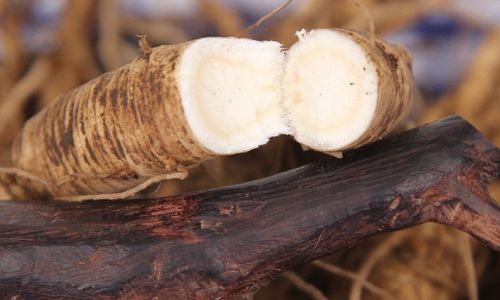
- While some prefer to dry the roots with their skin on to retain more nutrients and flavor, peeling is an option for a cleaner, more refined appearance.
- Use a sharp knife or vegetable peeler to gently remove the outer skin. Be cautious not to cut into the fleshy part of the root.
-
Slicing or Cutting
- For even drying, slice or cut the ginseng roots into uniform pieces. Thicker slices may take longer to dry but retain more texture and flavor. Thinner slices dry quicker but may become more brittle.
- Aim for slices approximately 1/4 to 1/2 inch thick. This balance ensures efficient drying while preserving the root’s integrity.
Drying Methods
There are several methods to dry fresh ginseng, each with its own set of pros and cons. The choice of method often depends on the available resources, personal preference, and the desired final product.
-
Air-Drying
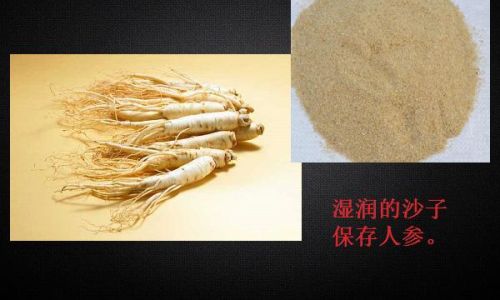
- Air-drying is the simplest and most traditional method. Lay the sliced ginseng on clean, dry racks or trays in a well-ventilated, shaded area.
- Ensure the area is free from direct sunlight, which can degrade the ginsenosides.
- Air-drying can take several weeks to a month, depending on the climate and thickness of the slices.
- Regularly turn the slices to ensure even drying and prevent molding.
-
Dehydrator
- Using a food dehydrator is a faster and more controlled way to dry ginseng. Set the temperature between 95°F and 115°F (35°C to 46°C) to avoid damaging the ginsenosides.
- Spread the slices evenly on the dehydrator trays and follow the manufacturer’s instructions for drying time, which can range from 8 to 24 hours depending on the thickness and desired dryness.
- Check periodically and rotate the trays for even drying.
-
Oven-Drying
- Oven-drying is another option but requires careful monitoring to prevent overheating. Preheat your oven to its lowest setting, typically around 150°F (65°C), and then turn it off.
- Place the ginseng slices on baking sheets and prop the oven door open slightly with a wooden spoon to allow for better air circulation.
- Oven-drying can take several hours to a day. Check frequently and remove the slices as soon as they are dry and brittle.
Storing Dried Ginseng
Proper storage is crucial to maintaining the quality and potency of dried ginseng.
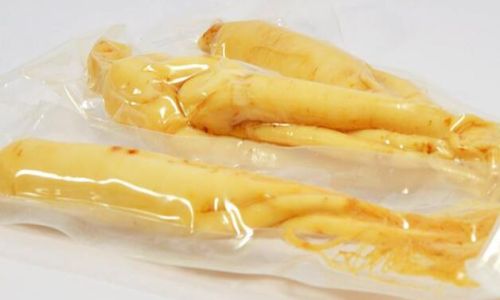
-
Container Selection
- Use airtight, glass or ceramic containers to store dried ginseng. Avoid plastic, as it can leach chemicals into the ginseng over time.
- Ensure the containers are clean and dry before use.
-
Moisture Control
- Dried ginseng should be stored in a cool, dark place with low humidity to prevent moisture from reabsorbing and causing mold or degradation.
- Consider using desiccants, such as silica gel packets, to absorb any residual moisture inside the container.
-
Labeling and Date Tracking
- Label the containers with the date of drying and the type of ginseng (e.g., wild-crafted, organic). This helps in tracking the shelf life and ensuring you use older batches first.
- Properly stored dried ginseng can last for several years, retaining its medicinal properties and flavor.
Conclusion
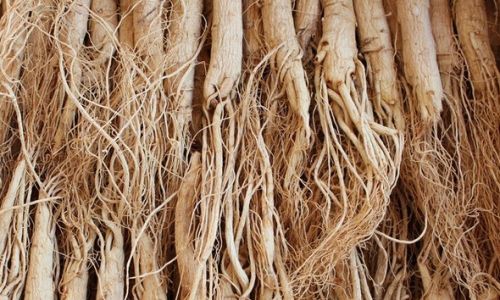
Drying and preserving fresh ginseng is a rewarding process that allows you to enjoy its benefits year-round. By following the steps outlined in this guide, you can ensure that your dried ginseng retains its nutritional value, flavor, and potency. Whether you choose air-drying, using a dehydrator, or oven-drying, the key is to monitor the process closely and store the final product properly. With the right techniques, you can transform fresh ginseng into a long-lasting, valuable addition to your health regimen.
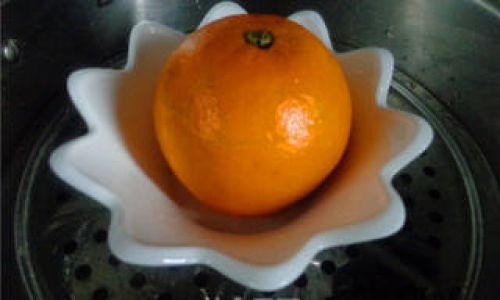


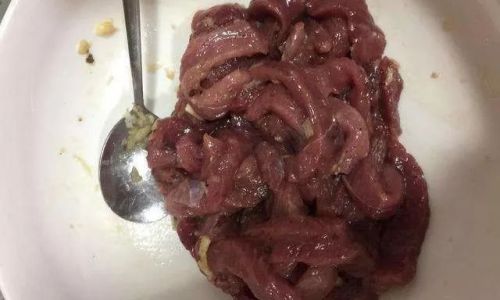
0 comments